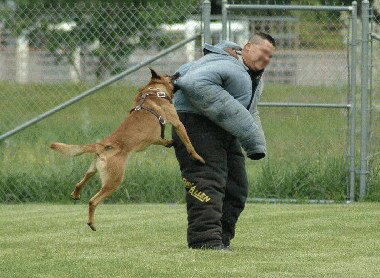International DPO Rules
Main DPO Pages - K-9 Pages - Main Page - Sign My Guestbook - Email Me






DPO is an abbreviation for the German word "Diensthundpruefung" which, translated into English is "Service Dog Examination." In the German language, the term Service Dog means the same as the English term Patrol Dog. The DPO has been used for over 50 years as a performance standard for federal, state, and military agencies worldwide.
  |
| HDMI Converter |